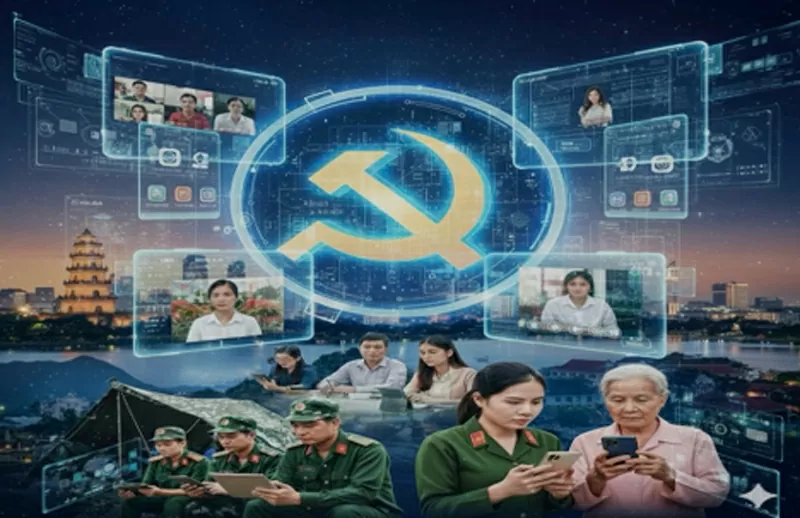 |
| Images created using AI: Applying information technology and new models to improve Party activities and Party member management; New models of Party activities for Party branches and grassroots Party committees in special locations or under special circumstances. |
In particular, the Resolution also opens up new directions for Party building in the context of the Fourth Industrial Revolution and the national digital transformation process. The application of information technology (IT) and the innovation of Party activities models have become urgent tasks to improve the effectiveness of leadership and management, and to build a clean, strong, modern, and people-oriented Party.
For many years, our Party has always focused on reforming leadership methods, but these have largely relied on traditional management forms, heavily dependent on paper documents and direct communication. In the context of the rapidly developing digital economy and society, this model reveals certain limitations: information transmission is slow and difficult to control, and supervision and inspection are sometimes not timely or transparent. Therefore, Resolution 57-NQ/TW was issued with a very new content: linking digital transformation with Party building, considering this a breakthrough to enhance the Party's leadership and management capacity, and modernizing the entire operational process from the central to the grassroots level.
The resolution clearly states that the development of science and technology and digital transformation should not only serve production, business, or state management, but also become the foundation for innovation and improving the quality of Party branch activities and Party member management. This creates opportunities for Party branches – the cells of the Party – to become leading nuclei in the national digital transformation process, while helping the Party truly be closer to and accompany the people in the digital age.
Current state of Party branch activities and Party member management: Many challenges remain.
Currently, the country has over 5.3 million Party members, operating in hundreds of thousands of Party branches and grassroots Party committees. This is a powerful political force, playing a core role in the political system. However, the work of Party activities and member management is facing many difficulties, especially in the context of increasingly urgent modernization and digital transformation requirements. Many Party branches operate in remote areas, islands, and border regions, where transportation is difficult and infrastructure is lacking. In private enterprises, industrial zones, or dispersed production units, gathering Party members for regular meetings becomes even more complicated. This leads to Party branch meetings not being held on time, disrupting leadership work and affecting the effectiveness of implementing Party resolutions and policies.
Party member management still relies primarily on manual paper-based records. Searching and compiling information is done manually, which is time-consuming and carries the risk of data inaccuracies. When it comes to compiling statistics or tracking changes in party membership, Party committees often face difficulties and lack accurate databases to support their leadership work. This not only wastes human resources but also affects transparency and timeliness in management, especially when issues arise such as transfers, awards, disciplinary actions, or the review of party member files. A worrying reality is that in many places, branch meetings remain largely 형식적인 (formalistic), failing to foster collective intelligence and democratic discussion. The content of party meetings is often rigid, heavily focused on reporting, lacking connection to reality, and failing to keep up with current events and the fighting spirit in party building work. This reduces their attractiveness, causing a segment of party members, especially young members, to lack genuine interest and fail to fully play their pioneering and exemplary roles.
Guidance from higher-level Party committees down to the grassroots level has not been truly timely. In unexpected situations such as natural disasters, epidemics, or social distancing, Party activities are easily disrupted. Many Party branches cannot hold meetings on schedule, undermining the continuity of leadership and management. Meanwhile, the lack of specialized technological platforms forces many places to use common online tools, posing risks to information security and failing to ensure the legality of Party organization activities.
Innovating the methods of Party activities and member management not only addresses current shortcomings but also contributes to enhancing the effectiveness of Party leadership from the grassroots to the central level, meeting the requirements of building a clean and strong Party in the new era. Through digital transformation, the political system can overcome traditional barriers while maximizing the potential of Party members, affirming the comprehensive leadership role of the Party in the period of integration and development.
Models of applying information technology in Party activities.
Many localities and units have proactively implemented new models, leveraging technology to improve the quality of Party branch activities and Party member management.
The comprehensive digital branch model ensures that each party member has an electronic file linked to a unique identifier, storing their entire work history, training, awards, and disciplinary actions. Branch meetings can be held in person or online, with minutes and resolutions digitally signed and stored using blockchain technology, guaranteeing absolute transparency and security. The system integrates data analysis tools, automatically compiling statistics on meeting attendance rates, the number of opinions expressed, and the quality of voting, giving the Party committee a comprehensive and accurate overview of the branch's activities.
The digital Party branch model not only minimizes manual paperwork, saving time and costs, but also creates a large data repository serving the planning, training, and appointment of cadres. Simultaneously, it strengthens the connection between Party members, Party branches, and higher-level Party committees, ensuring smooth and timely information flow. For Party branches in remote areas, islands, border regions, or where Party members are dispersed, the online or hybrid online-in-person meeting model is proving effective. In this model, secondary meeting points are connected to the main meeting point via a video conferencing system, ensuring that Party members can participate fully regardless of their location. This model is particularly effective in emergency situations such as natural disasters and epidemics, preventing interruptions to Party activities. Successful implementation requires a stable network infrastructure, prioritizing satellite or 5G technology; a specialized meeting platform with high security; and a rigorous identity verification mechanism. Cadres and Party members must also receive training in technological skills to use them proficiently.
The model involves Party branches linked to community digital technology teams. In this model, the Party branch not only provides political leadership but also directly operates and coordinates the digital technology teams in villages and hamlets. Party members play a pioneering role in guiding people to use online public services, electronic payments, and register for digital identity accounts, thereby contributing to promoting digital transformation at the grassroots level. This model both enhances the digital capacity of the community and affirms the Party's leading role in the country's modernization process.
Technological solutions, policy mechanisms, and human resource training.
For these models to be effective, a comprehensive set of solutions needs to be implemented, with a focus on technology, policy mechanisms, and human resources.
In terms of technology, the first step is to build a nationwide database of Party members, interconnected from the central level to the grassroots, and synchronized with the national population database. Each Party member will have a unique identification code, facilitating management and retrieval. This system needs to integrate artificial intelligence (AI) to analyze data, predict trends, and support planning and cadre training. In addition, a specialized, highly secure platform for Party activities needs to be developed, integrating functions such as online voting, digital signatures, automatic minute recording, and electronic document storage. Simultaneously, multi-layered cybersecurity solutions must be developed, with mechanisms for early warning and regular risk assessment and mitigation.
Regarding mechanisms and policies, it is necessary to quickly finalize the legal framework for online activities, clearly defining the legal value of electronic minutes and resolutions, the remote monitoring mechanism, and how to handle arising situations. At the same time, there needs to be a rational investment policy, prioritizing budget allocation for digital infrastructure in specific regions, while encouraging social participation and public-private partnerships in developing technology platforms. The evaluation and rewarding of officials should also be linked to the results of IT application and digital transformation, encouraging officials to boldly propose initiatives.
People are the key factor. It is necessary to strengthen training and development of digital skills for cadres and Party members, especially those in charge of Party work at the grassroots level. Each Party branch should have at least one "digital core" who understands technology and plays a leading role in implementing online activities. Digital transformation content should also be included in political and theoretical training programs for new Party members and prospective cadres. At the same time, a "Party Member Pioneering in Digital Transformation" emulation movement should be launched, linked to annual evaluations, creating motivation for the entire system to move forward together.
Applying information technology to Party work will undoubtedly face many difficulties. The lack of synchronized network infrastructure, especially in mountainous and island areas, is a major obstacle. There are significant disparities in IT skills among localities and groups of Party members. The risk of information leaks and cyberattacks is ever-present without robust security measures. Furthermore, some cadres and Party members still harbor reservations and are not yet ready to change traditional working methods.
To address this, priority should be given to investing in digital infrastructure following the principle of "prioritizing disadvantaged areas," considering this as the fundamental foundation for all activities. Simultaneously, cooperation with technology companies should be strengthened in training, technology transfer, and improving the IT skills of officials. Security must be prioritized, with a multi-layered defense system and rigorous inspection procedures. Alongside this, public awareness campaigns need to be intensified, helping officials and Party members understand the benefits and responsibilities of digital transformation, thereby preparing them for change and proactively adapting.
The application of information technology and the innovation of Party activities are not only an inevitable trend but also an urgent requirement to successfully achieve the goals of Resolution 57-NQ/TW. Digital Party branches, online meetings, and Party member management using big data will contribute to improving leadership efficiency, ensuring democracy, transparency, and modernity. This is a groundbreaking transformation that will help our Party continue to affirm its pioneering role and comprehensive leadership, leading the country to rapid and sustainable development in the digital age.
Digital transformation is not only a tool, but also a driving force for the Party to remain strong and capable of leading in all situations and periods. With high political determination and the synchronized participation of the entire Party and the entire people in applying information technology in Party activities and managing Party members, it will certainly become one of the most important breakthroughs in Party building in the new era.
| Authors: Vo Thanh Phuong; Doan Nguyet Nga – BIDV Party Committee Organization Department |
Source: https://baoquocte.vn/ky-1-nghi-quyet-57-nqtw-dong-luc-cho-doi-moi-phuong-thuc-lanh-dao-cua-dang-332606.html








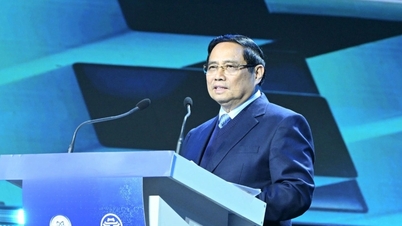

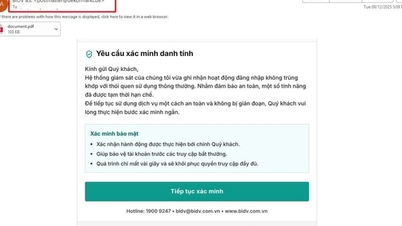









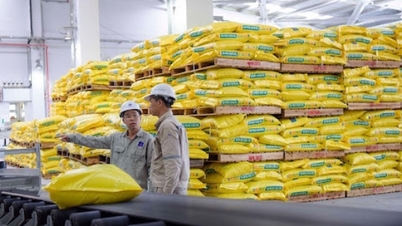

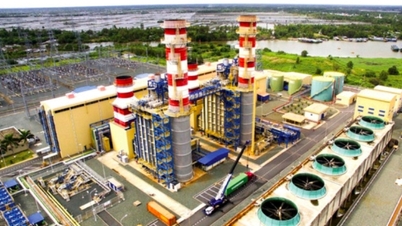
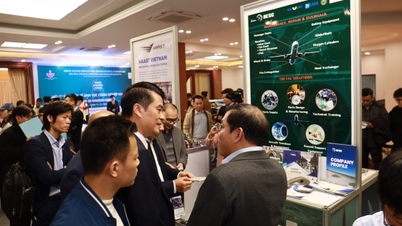
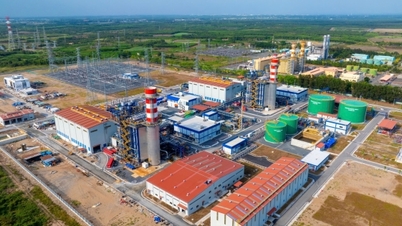

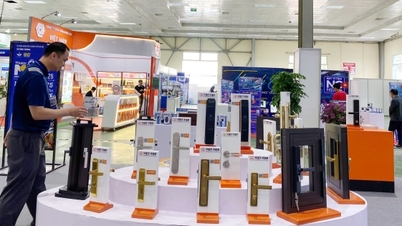




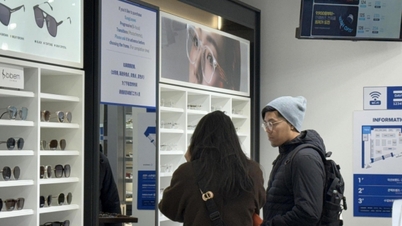

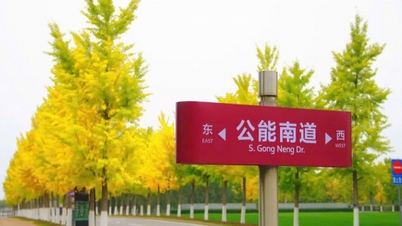
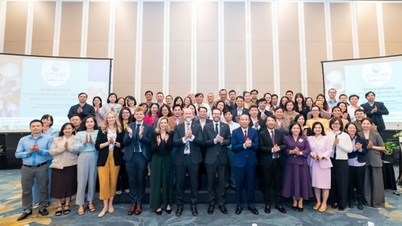

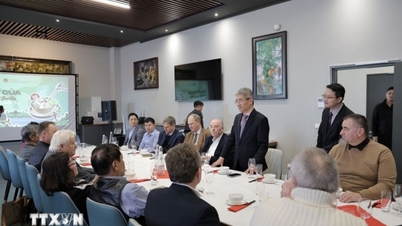

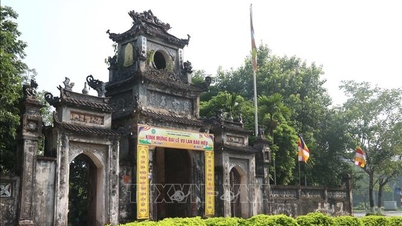



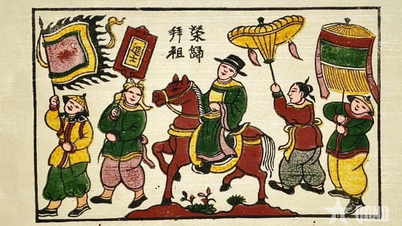







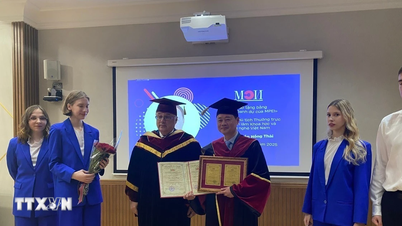




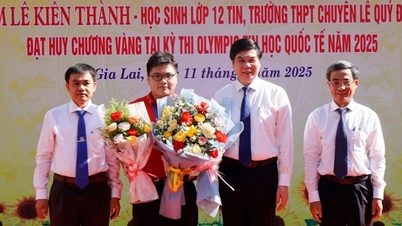







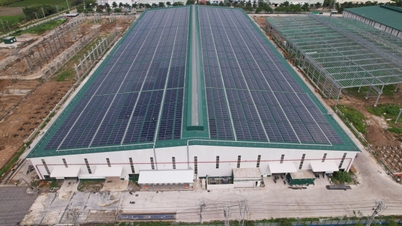


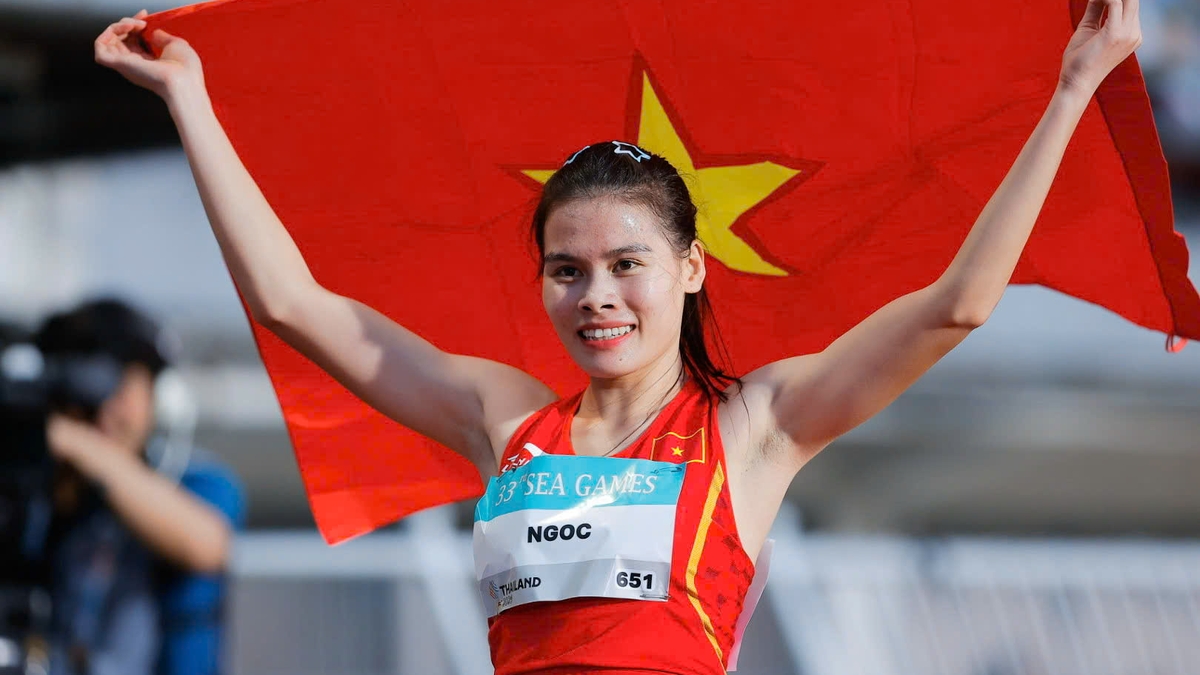
















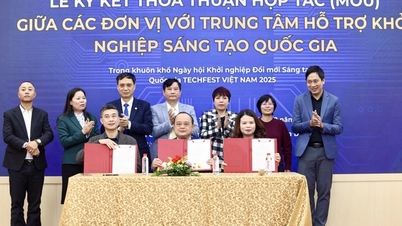


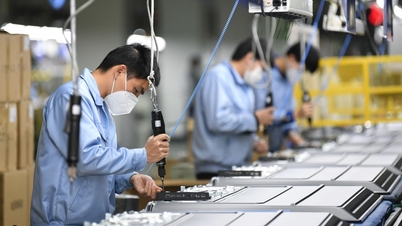



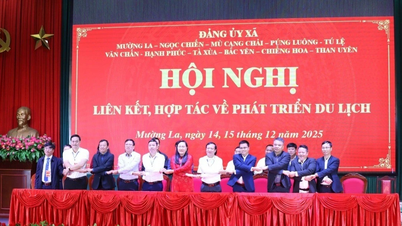




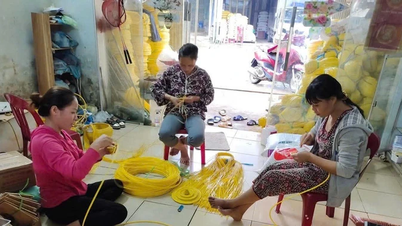

















Comment (0)